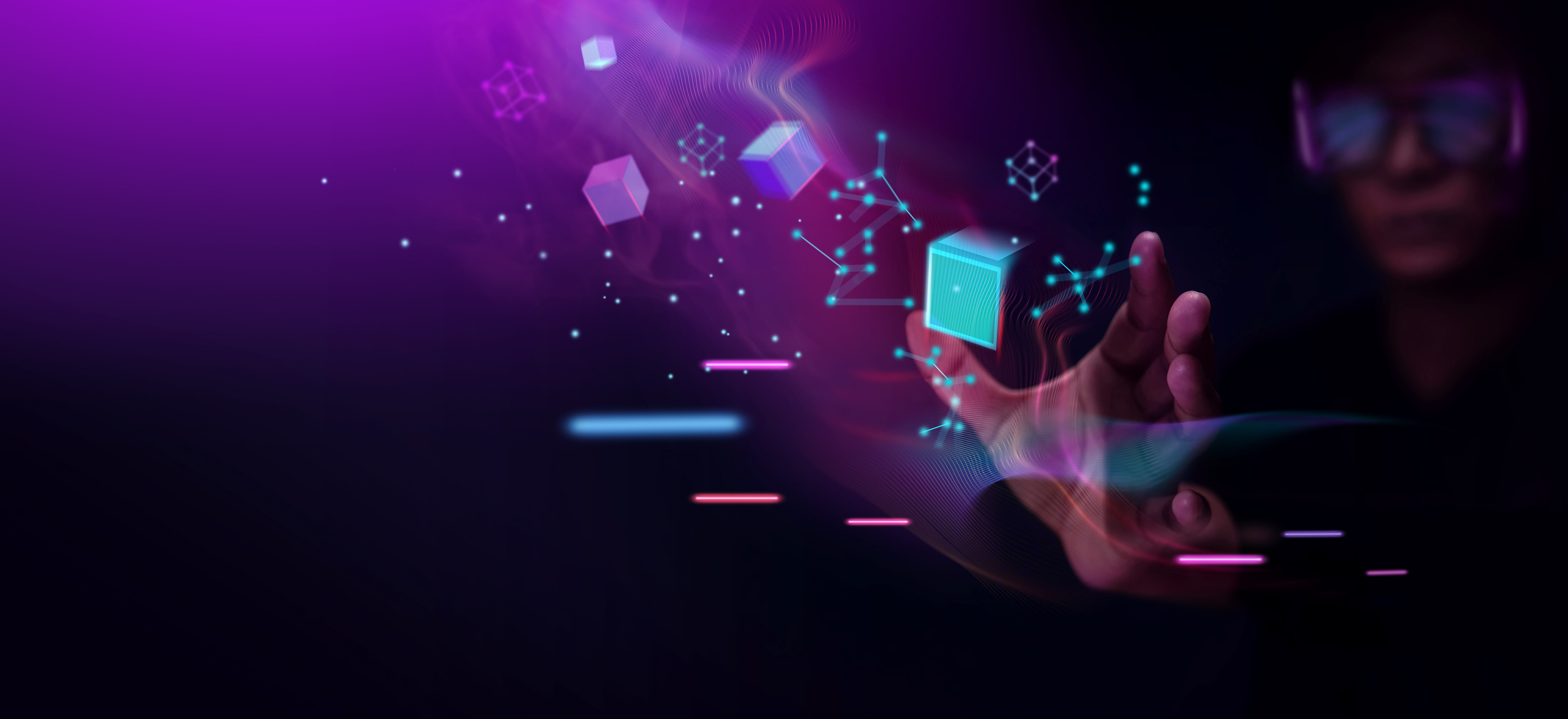Imagine being able to create your very own twin, an exact copy of yourself who lived a purely digital life.
Everything that exists in the real world is being replicated digitally, including our cities, cars, homes, and even ourselves.
And, like the much-touted metaverse – plans for a virtual, digital world in which an avatar of yourself would walk around – digital twins have emerged as a hot new tech trend.
A digital twin is an exact replica of something in the physical world, but with a special mission: to help improve, or provide feedback to, the physical counterpart.
Initially, such twins were just sophisticated 3D computer models, but artificial intelligence (AI) combined with the internet of things – which uses sensors to connect physical objects to the network – has meant that you can now build something that is not just a computer model.

We’ve already begun the journey toward human twinning, in the form of the aforementioned avatars, but they’re glitchy and primitive right now.
For example, in Meta’s (formerly Facebook) virtual reality platform, Horizon Worlds, you can give your avatar a similar face to your own, but you can’t even give it legs because the technology is so new.
AI is not yet capable of predicting these “Because of their inherent complexity, single social events. As a result, we have a long way to go before we can understand and model a person’s life from start to finish, assuming that is even possible.”
Instead, the use of digital twins is currently most sophisticated and extensive in the fields of product design, distribution, and urban planning.
The McLaren and Red Bull Formula One teams use digital twins of their race cars.Meanwhile, DHL is creating a digital map of its warehouse and supply chains in order to be more efficient.
And our cities are increasingly being replicated digitally; Shanghai and Singapore both have digital twins set up to help improve the design and operation of buildings, transportation systems, and streets.
One of the tasks of Singapore’s digital twin is to assist people in finding new ways to navigate while avoiding polluted areas. Other places use the technology to suggest where new infrastructure, such as subway lines, should be built. In the Middle East, new cities are being built in both the physical and virtual worlds.
Dassault Systemes, a French software company, claims that thousands of businesses are now interested in its digital twins technology.
So far, it has used digital twins to assist a hair care company in digitally designing more sustainable shampoo bottles rather than endless real-life prototyping. This reduces waste.
And it is enabling other companies to create new futuristic projects, such as jetpacks, floating-wheeled motorcycles, and even flying cars. Each has a physical prototype, but the initial model is refined in the digital space.
However, the true value of digital twins is seen in healthcare.
The Living Heart project by Dassault Systemes has created an accurate virtual model of a human heart that can be tested and analysed, allowing surgeons to play out a series of “what if” scenarios for the organ using various procedures and medical devices.
Dr. Steve Levin founded the project because he wanted to create a digital twin for personal reasons. His daughter was born with congenital heart disease, and she died a few years later ago.
He decided to recreate her heart in virtual reality when she was in her late twenties and at high risk of heart failure.
Boston Children’s Hospital is now using this technology to map out real patient heart conditions, while a team of engineers is working with clinicians at Great Ormond Street Hospital in London to test devices that may help children with rare and difficult-to-treat heart conditions.
Experimenting on a digital heart also reduces the need for animal testing, which is one of the more contentious aspects of scientific research, according to Severine Trouillet, global affairs director at Dessault Systemes.
The company now intends to create more digital organ twins, including the eye and even the brain.
The race to create a digital version of our entire planet is perhaps even more ambitious than replicating human organs.
Nvidia, a US software company, operates an Omniverse platform for creating virtual worlds and digital twins.
One of its most ambitious projects is to create a digital twin of the Earth, capturing high-resolution imagery of its entire surface.
Earth-2, as it is known, will use a combination of deep-learning models and neural networks to simulate physical environments in the digital realm and come up with climate change solutions.
In March of this year, the European Commission, in collaboration with the European Space Agency and others, announced its own plans to create Destination Earth, a digital twin of the planet.
It hopes to have enough data from real-time observations and simulations by the end of 2024 to create a digital twin focused on floods, drought, and heatwaves, as well as natural disasters like earthquakes, volcanic eruptions, and tsunamis, and to provide countries with concrete plans to save lives in the face of these growing challenges.
